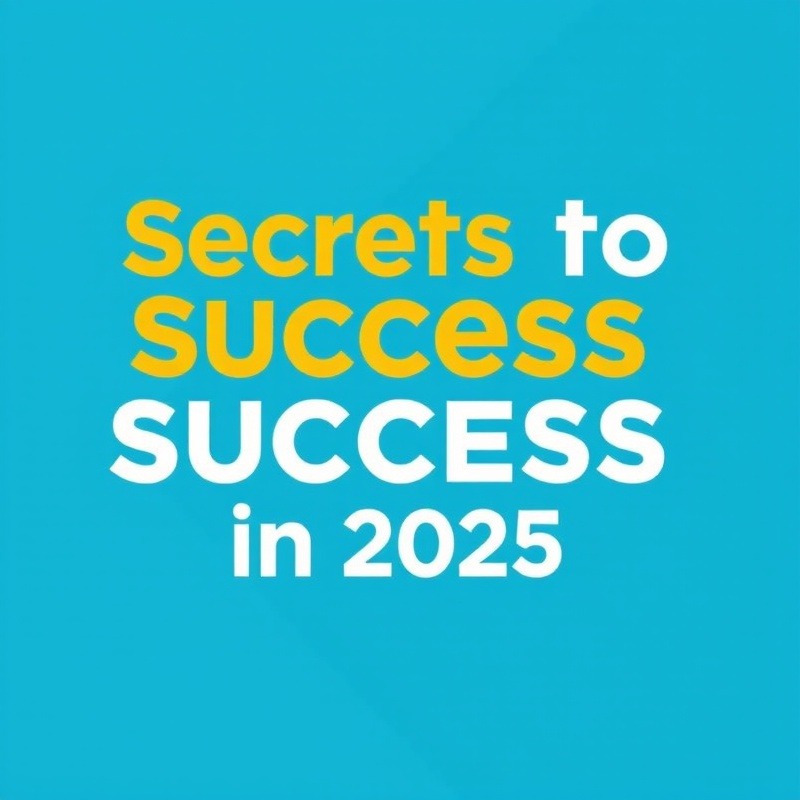
Secrets to Success: Becoming a Product Manager in 2025
If you've ever dreamed of stepping into the influential role of a product manager, now is the time to equip yourself with the right skills and strategies. As the demand for proficient product managers intensifies, mastering the interview process is crucial. A recent webinar held by Simplilearn shed light on innovative approaches and interview hacks essential for aspiring product managers in 2025.
Dive Into Agile Project Management Methods
One significant theme emphasized during the webinar was the importance of Agile Project Management skills. Agile methodologies not only streamline product development but also prioritize adaptability and customer feedback, making them a must-know for modern product managers. Understanding and applying Agile allows professionals to lead teams efficiently, fostering innovation and quick problem resolution.
Looking Ahead: The Future of Product Management
With technology evolving rapidly, the landscape of product management is set to advance significantly. Simplilearn's webinar highlighted that future product managers need to be forward-thinking, integrating market trends and technological shifts into their strategies. Being equipped with cutting-edge tools and an agile mindset will be pivotal in navigating and leading in the upcoming years.
Don't let this opportunity pass by. Delve into the insights shared during Simplilearn's session and equip yourself to excel in the competitive world of product management.
 Add Row
Add Row  Add
Add 




Write A Comment